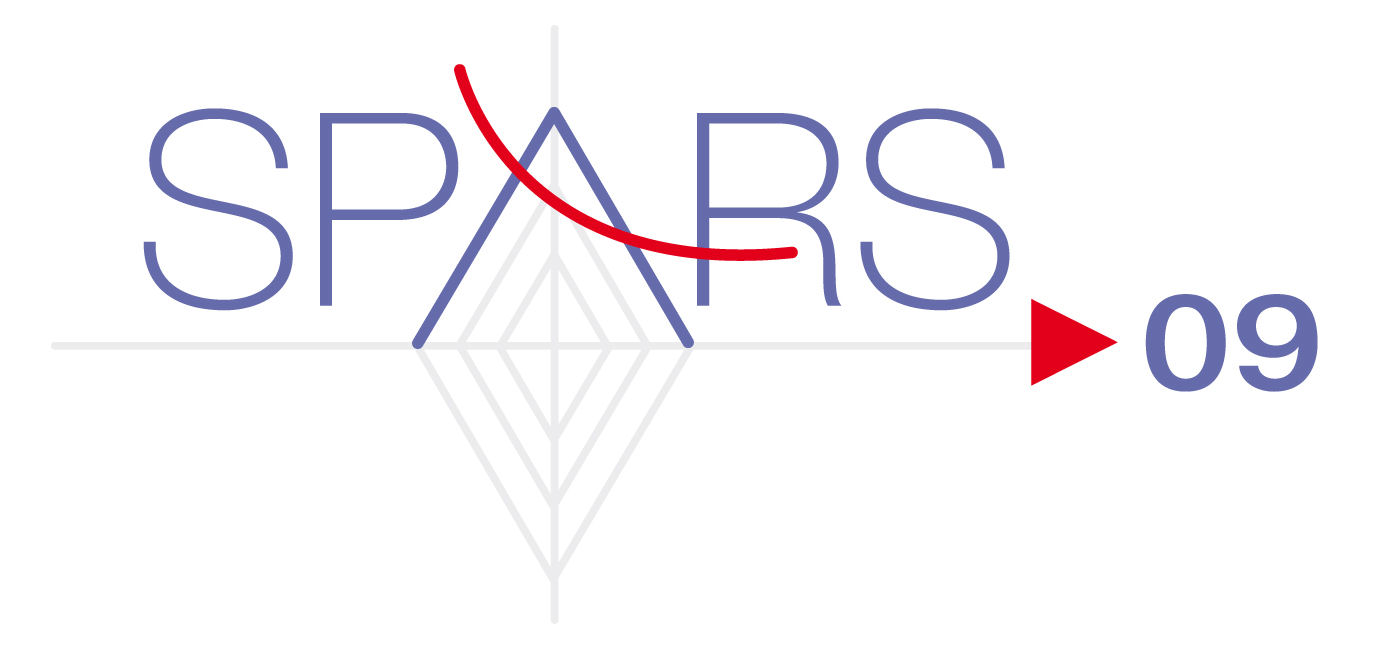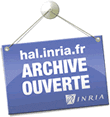How to use the iterative hard thresholding algorithm
Abstract
Several computationally efficient algorithms have been shown to offer near optimal recovery of sparse signals from a small number of linear measurements. However, whilst many of the methods have similar guarantees whenever the measurements satisfy the so called restricted isometry property, empirical performance of the methods can vary significantly in a regime in which this condition is not satisfied. We here modify the Iterative Hard Thresholding algorithm by including an automatic step-size calculation. This makes the method independent from an arbitrary scaling of the measurement system and leads to a method that shows state of the art empirical performance. What is more, theoretical guarantees derived for the unmodified algorithm carry over to the new method with only minor changes.
Origin : Files produced by the author(s)
Loading...

